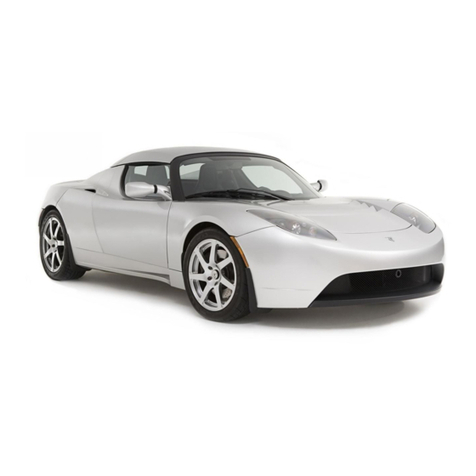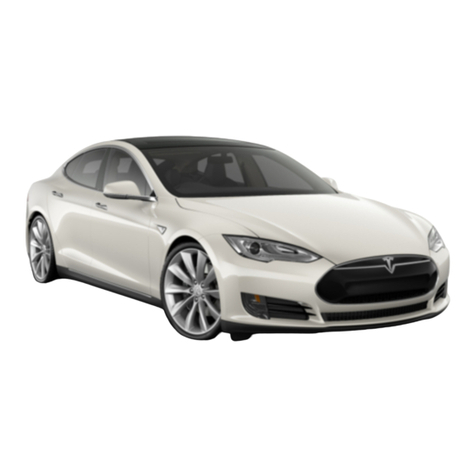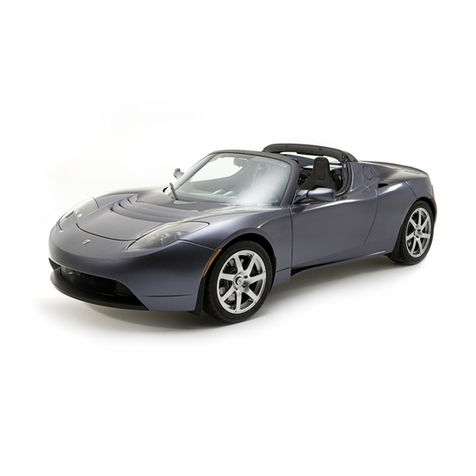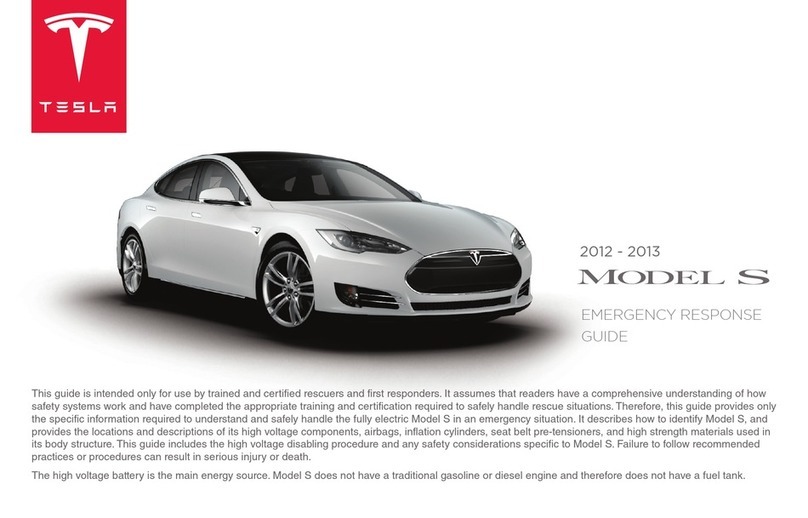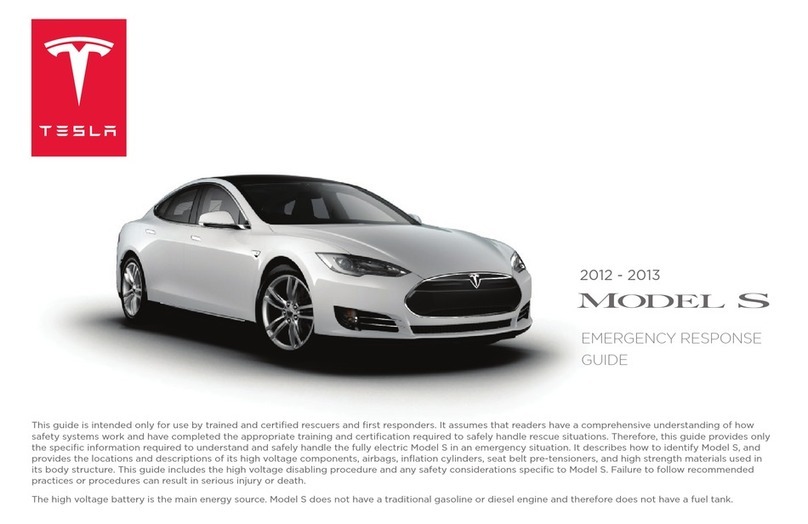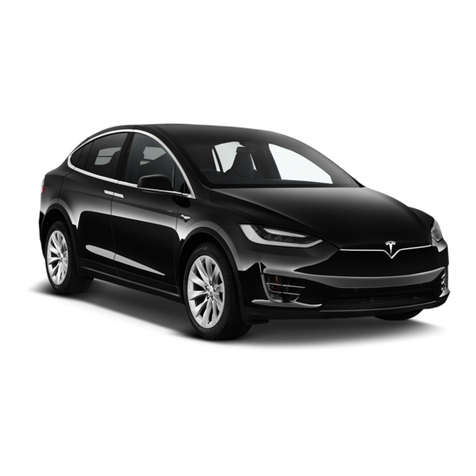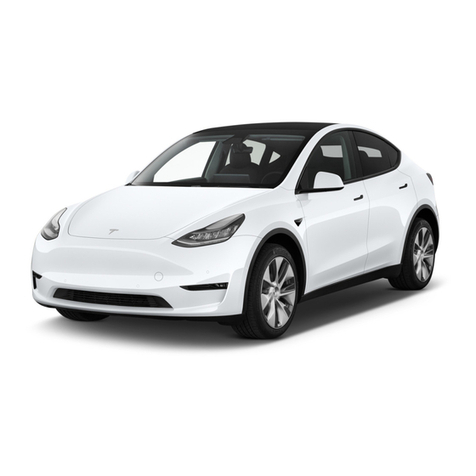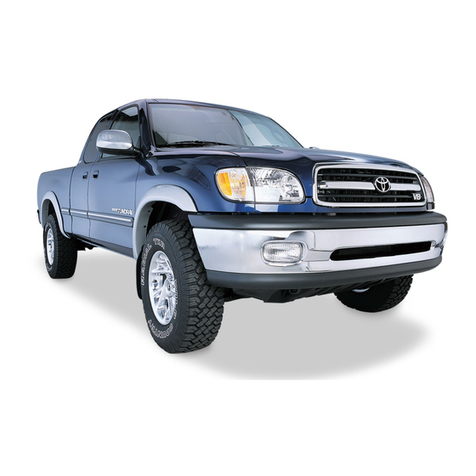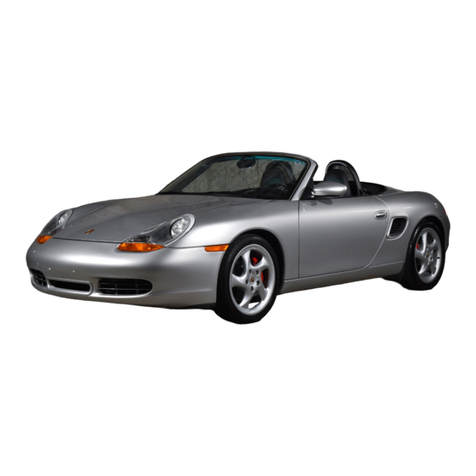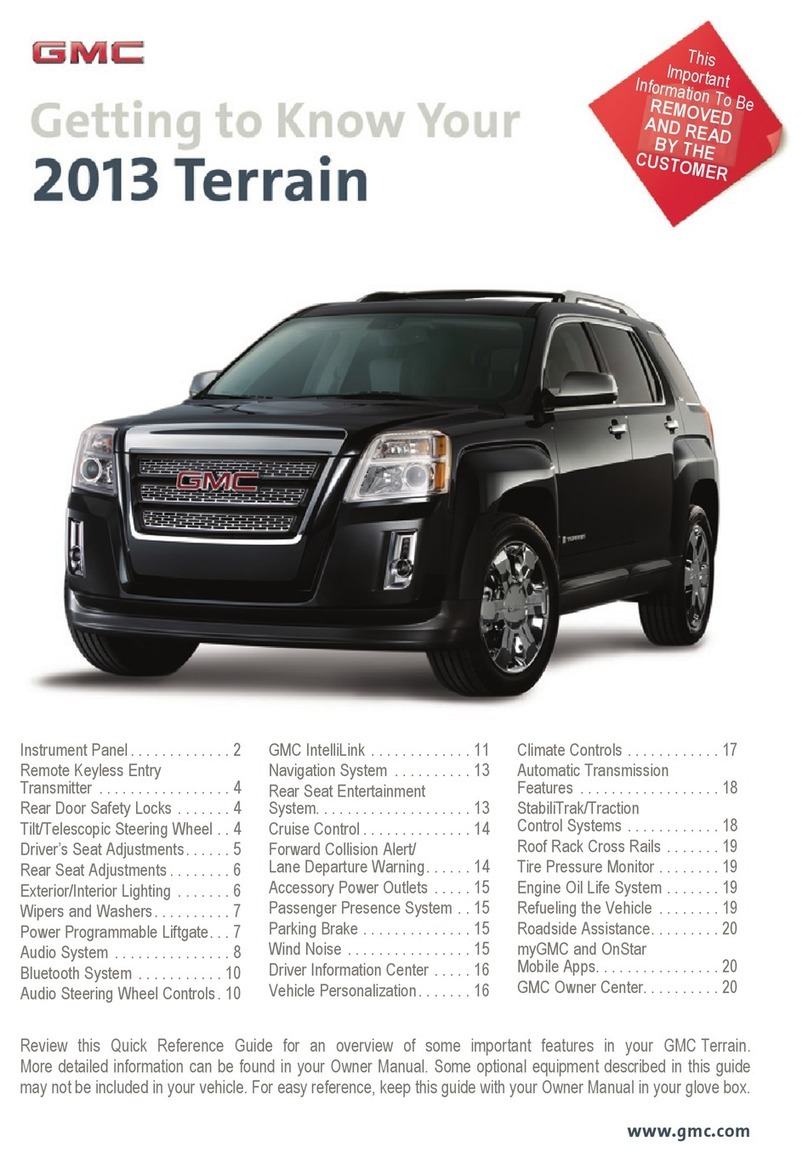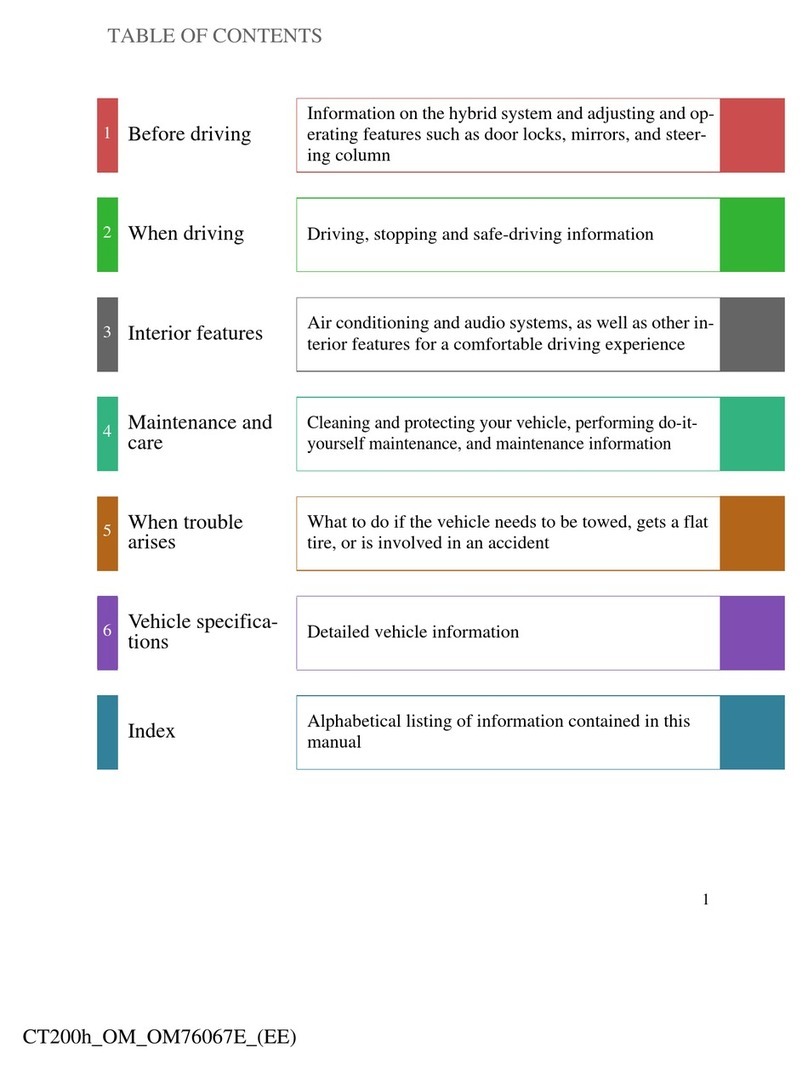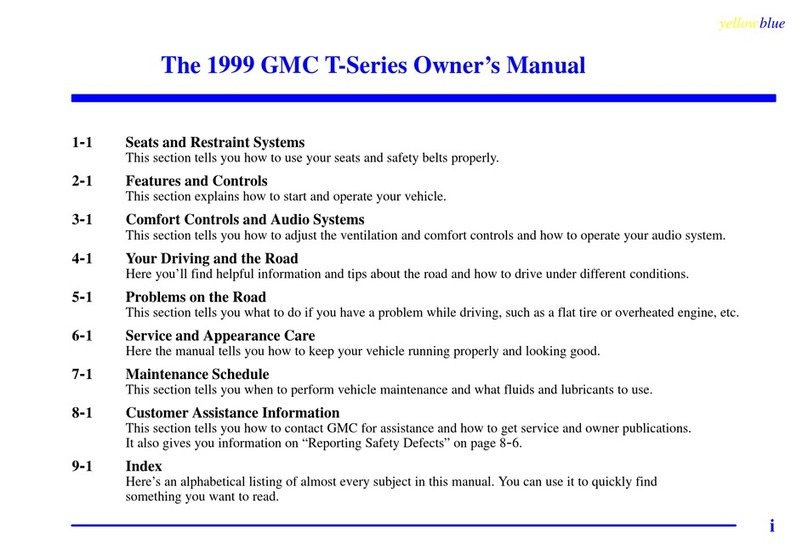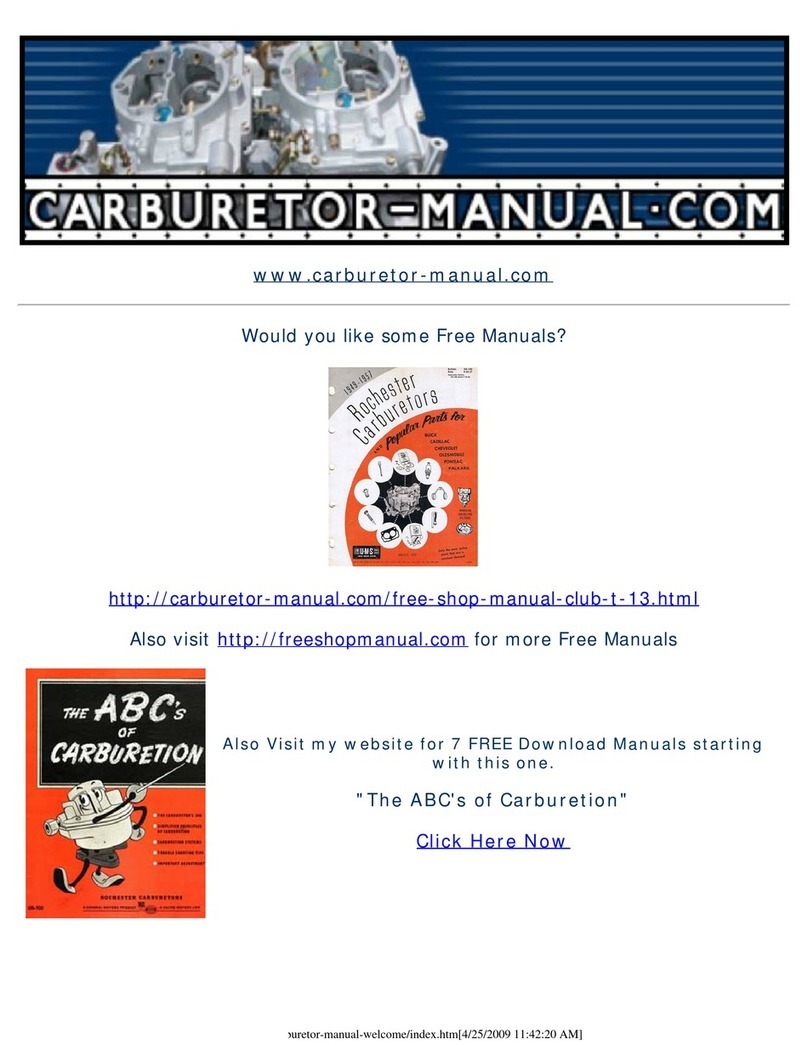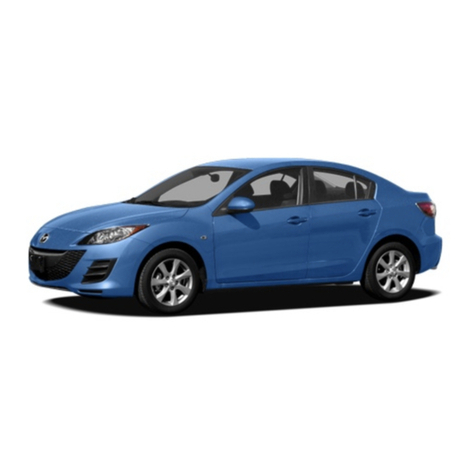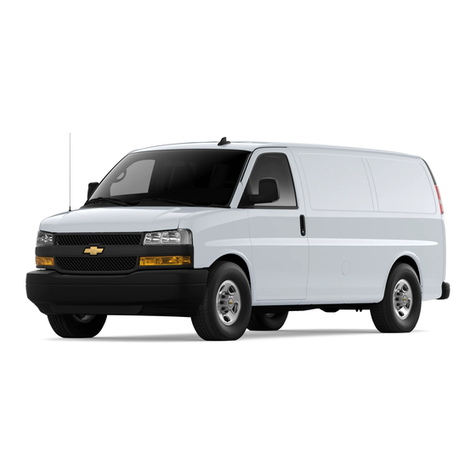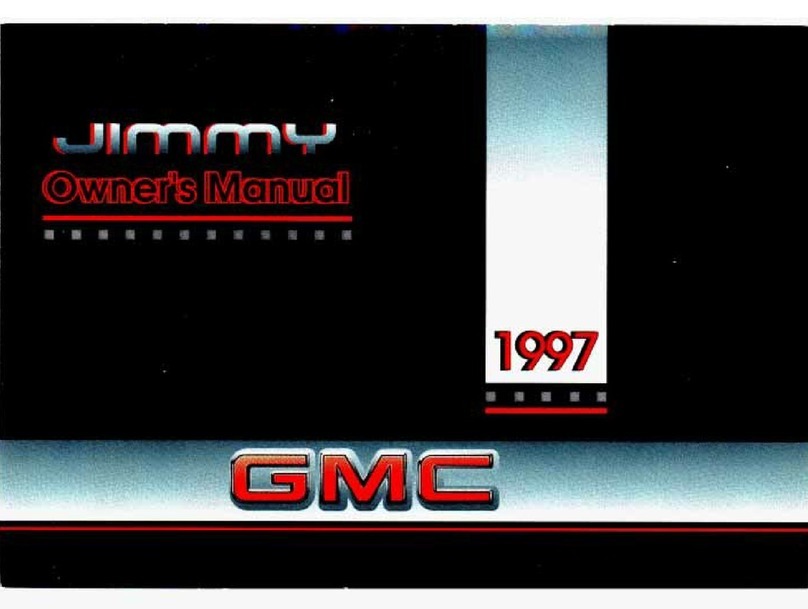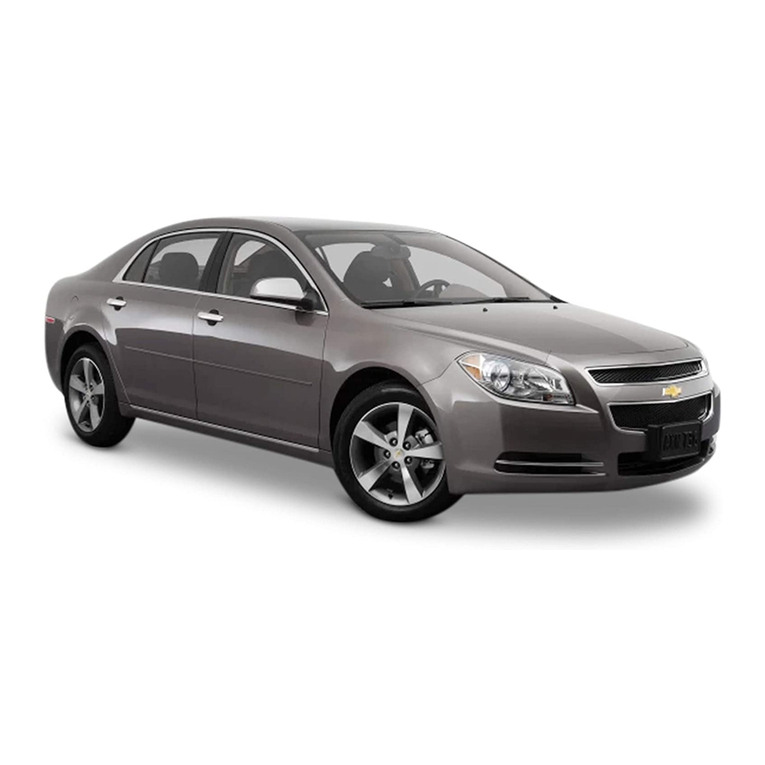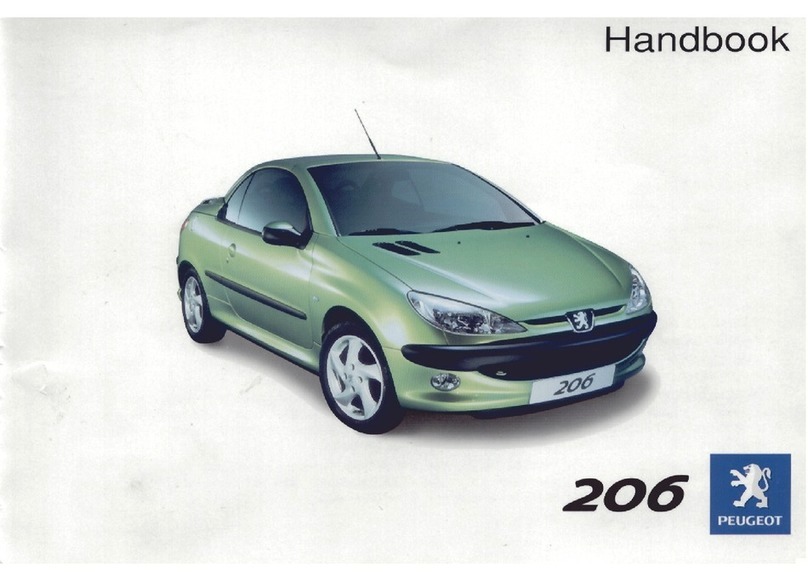
Overview.............................................................2
Interior Overview.........................................................................2
Exterior Overview....................................................................... 3
Opening and Closing..................................... 4
Doors............................................................................................... 4
KeylessLockingandUnlocking4UsingtheKey4UsingExteriorDoorHandles6OpeningDoorsfromtheInterior6InteriorLockingandUnlocking6DoorUnlockMode6Child-protectionLock7Drive-awayLocking7Walk-awayLocking7UnlockingWhentheKeyDoesn'tWork7OpeningInteriorDoorswithNoPower8
Windows.........................................................................................9
OpeningandClosing9LockingRearWindows9
Rear Trunk....................................................................................10
Opening10Closing10AdjustingtheOpeningHeight10InteriorRelease11OpeningwithNoPower11
Front Trunk...................................................................................12
Opening12Closing12InteriorEmergencyRelease13OpeningwithNoPower13
Glove Box..................................................................................... 14
OpeningandClosing14
Sunroof.......................................................................................... 15
OpeningandClosing15
Cup Holders.................................................................................16
OpeningandClosing16
Seating and Safety Restraints...................17
Front and Rear Seats............................................................... 17
CorrectDrivingPosition17AdjustingtheDriver’sSeat17FoldingRearSeats18RaisingRearSeats18HeadSupports18SeatHeaters18SeatCovers18
Seat Belts......................................................................................19
WearingSeatBelts19WearingSeatBeltsWhenPregnant19SeatBeltPre-tensioners20TestingSeatBelts21SeatBeltWarnings21
Child Safety Seats.................................................................... 22
GuidelinesforSeatingChildren22ChoosingaChildSafetySeat23SeatingLargerChildren25InstallingChildSafetySeats25InstallingSeatBeltRetainedChildSeats25InstallingISOFIXChildSeats26AttachingUpperTetherStraps26TestingaChildSafetySeat27Warnings-ChildSafetySeats27
Airbags......................................................................................... 28
LocationofAirbags28HowtheAirbagsWork29TypesofAirbags29DisablingthePassengerFrontAirbags30
InflationEects 30AirbagWarningIndicator31AirbagWarnings31
Driving...............................................................32
Driver Profiles.............................................................................32
CreatingaDriver
Profile 32RestoringaDriver’sProfile 32SavedDriverSettings32ValetMode32
Steering Wheel..........................................................................34
AdjustingPosition34AdjustingSensitivity34UsingLeftSteeringWheelButtons34UsingRightSteeringWheelButtons35UsingVoiceCommands35HeatedSteeringWheel36Horn36
Mirrors...........................................................................................37
AdjustingExteriorSideMirrors37RearViewMirror37
Starting and Powering O.................................................... 38
Starting38PoweringO 38
Gears............................................................................................. 39
ShiftingGears39KeepingYourVehicleinNeutral(TowMode)39
Instrument Panel...................................................................... 40
InstrumentPanelOverview40InstrumentPanel-Driving43
Lights............................................................................................ 45
ControllingLights45HighBeamHeadlights48HeadlightsAfterExit48AdaptiveFrontLightingSystem(AFS)48TurnSignals49HazardWarningFlashers49
Wipers and Washers...............................................................50
Wipers50Washers50
Brakes.............................................................................................51
BrakingSystems51BrakeWear51RegenerativeBraking52ParkingBrake52
Traction Control........................................................................ 53
HowItWorks53
Park Assist...................................................................................54
HowParkAssistWorks54VisualandAudioFeedback54ControllingAudibleFeedback55LimitationsandFalseWarnings55OtherParkingAids55
Vehicle Hold................................................................................56
Launch Mode..............................................................................57
PerformanceDual-MotorVehiclesOnly57ToActivateLaunchMode57Limitations57
Trip Information........................................................................ 58
DisplayingTripInformation58Odometer58
Getting Maximum Range.......................................................59
DrivingTipstoMaximizeRange59EnergyApp59SavingEnergy59RangeAssurance59
Rear View Camera.....................................................................61
CameraLocation61
Driver Assistance.......................................... 62
About Driver Assistance........................................................ 62
DriverAssistanceComponents62DriverAssistanceFeatures63Limitations63CleaningDriverAssistanceComponents63
Trac-Aware Cruise Control............................................... 64
OperatingTrac-AwareCruiseControl64Adjustyourfollowingdistance65CruisingattheSpeedLimit66ChangingtheSetSpeed66OvertakeAcceleration67CancelingandResuming68SummaryofCruiseIndicators68Limitations68
Autosteer.....................................................................................70
OperatingAutosteer70HoldSteeringWheel71AutosteerisAborting71CancelingAutosteer71Limitations72
Auto Lane Change................................................................... 73
OperatingAutoLaneChange73CancelingAutoLaneChange74Limitations74
Autopark...................................................................................... 75
ParkingonPublicRoads75UsingSummon77
Lane Assist..................................................................................79
LimitationsandInaccuracies79
Collision Avoidance Assist..................................................... 81
ForwardCollisionWarning81AutomaticEmergencyBraking82LimitationsandInaccuracies83
Speed Assist...............................................................................84
HowSpeedAssistWorks84ControllingSpeedAssist84LimitationsandInaccuracies85
Using the Touchscreen............................... 86
Touchscreen Overview........................................................... 86
TheBigPicture86
Controls....................................................................................... 90
ControllingFeatures90
Settings........................................................................................ 93
CustomizingYourVehicle93ErasingPersonalData96
Climate Controls....................................................................... 97
OverviewofClimateControls97CustomizingClimateControl98Ventilation100CabinOverheatProtection100ClimateControlOperatingTips100
Smart Air Suspension.............................................................101
ManualHeightAdjustments101Location-BasedSuspension101AutomaticLowering102JackMode102
Media and Audio.....................................................................103
Overview103VolumeControl103SoundSettings103SearchingwithinMediaPlayer103AMandFMRadio104InternetRadio104FavoritesandRecent105PlayingMediafromDevices105USBConnections10612VPowerSocket106
Phone.......................................................................................... 107
Bluetooth®Compatibility107PairingaBluetoothPhone107ImportingContactsandRecentCalls107UnpairingaBluetoothPhone107ConnectingtoaPairedPhone108MakingaPhoneCall108ReceivingaPhoneCall108InCallOptions108
Maps and Navigation............................................................ 109
Overview109UsingMaps109ChargingLocations110StartingNavigation110DuringNavigation110Favorite,Home,andWorkDestinations111UpdatedMaps112
Calendar.......................................................................................113
Overview113CalendarandNavigation114
Security Settings...................................................................... 115
AbouttheSecuritySystem115
Connecting to Wi-Fi................................................................116
Software Updates.................................................................... 117
LoadingNewSoftware117ViewingReleaseNotes117
Mobile App................................................................................. 118
ModelSMobileApp118
Charging.......................................................... 119
Electric Vehicle Components.............................................. 119
HighVoltageComponents119ChargingEquipment120
Battery Information.................................................................121
AbouttheBattery121BatteryCare121
Charging Instructions............................................................ 122
OpeningtheChargePort122PluggingIn122DuringCharging124StoppingCharging124ChargePortLight125ChangingChargeSettings126ChargingStatus127
Maintenance.................................................. 128
Maintenance Schedule.......................................................... 128
ServiceIntervals128DailyChecks128MonthlyChecks128FluidReplacementIntervals128HighVoltageSafety128
Tire Care and Maintenance..................................................129
MaintainingTirePressures129InspectingandMaintainingTires130ReplacingTiresandWheels131SeasonalTireTypes132DrivinginLowTemperatures132UsingTireChains132TirePressureMonitoring133
Temporary Tire Repair...........................................................135
TireRepairKit135
InflatingwithSealantandAir136InflatingwithAirOnly137ReplacingtheSealantCanister138
Cleaning......................................................................................139
CleaningtheExterior139CleaningtheInterior140Polishing,TouchUp,andBodyRepair141UsingaCarCover141FloorMats141
Wiper Blades and Washer Jets......................................... 142
CheckingandReplacingWiperBlades142CleaningWasherJets142
Fluid Reservoirs.......................................................................144
RemovingtheMaintenancePanel144CheckingBatteryCoolant144CheckingBrakeFluid145ToppingUpWasherFluid146
Jacking and Lifting.................................................................147
JackingProcedure147
Parts and Accessories...........................................................148
Parts,Accessories,andModifications 148BodyRepairs148UsingRFIDTransponders148
Specifications............................................... 149
Identification Labels.............................................................. 149
VehicleIdentificationNumber149
Vehicle Loading.......................................................................150
LoadCapacityLabeling150CalculatingLoadLimits150TowingaTrailer151RoofRacks151
Dimensions and Weights......................................................152
ExteriorDimensions152InteriorDimensions152CargoVolume153Weights153
Subsystems............................................................................... 154
Motor154Transmission154Steering154Brakes155Suspension155Battery-12V155Battery-HighVoltage156
Wheels and Tires..................................................................... 157
Wheel
Specifications 157TireSpecifications 157UnderstandingTireMarkings158
Roadside Assistance..................................160
Contacting Roadside Assistance......................................160
Instructions for Transporters............................................... 161
UseaFlatbedOnly161DisableSelf-Leveling(airsuspensionvehiclesonly)161ActivateTowMode161ConnecttheTowingEye162PullOntotheTrailerandSecuretheWheels162
Consumer Information.............................. 163
About this Owner Information...........................................163
Illustrations163ErrorsorInaccuracies163LocationofComponents163DocumentApplicability163CopyrightsandTrademarks164
Disclaimers................................................................................ 165
VehicleTelematics/DataRecorders165QualityControl165
Reporting Safety Defects.................................................... 166
ContactingTesla166
Declarations of Conformity.................................................167
KeyandPassiveUnlockingSystem167MediaControlUnit168TirePressureMonitoringSystem168RadioFrequencyInformation168
Contents

